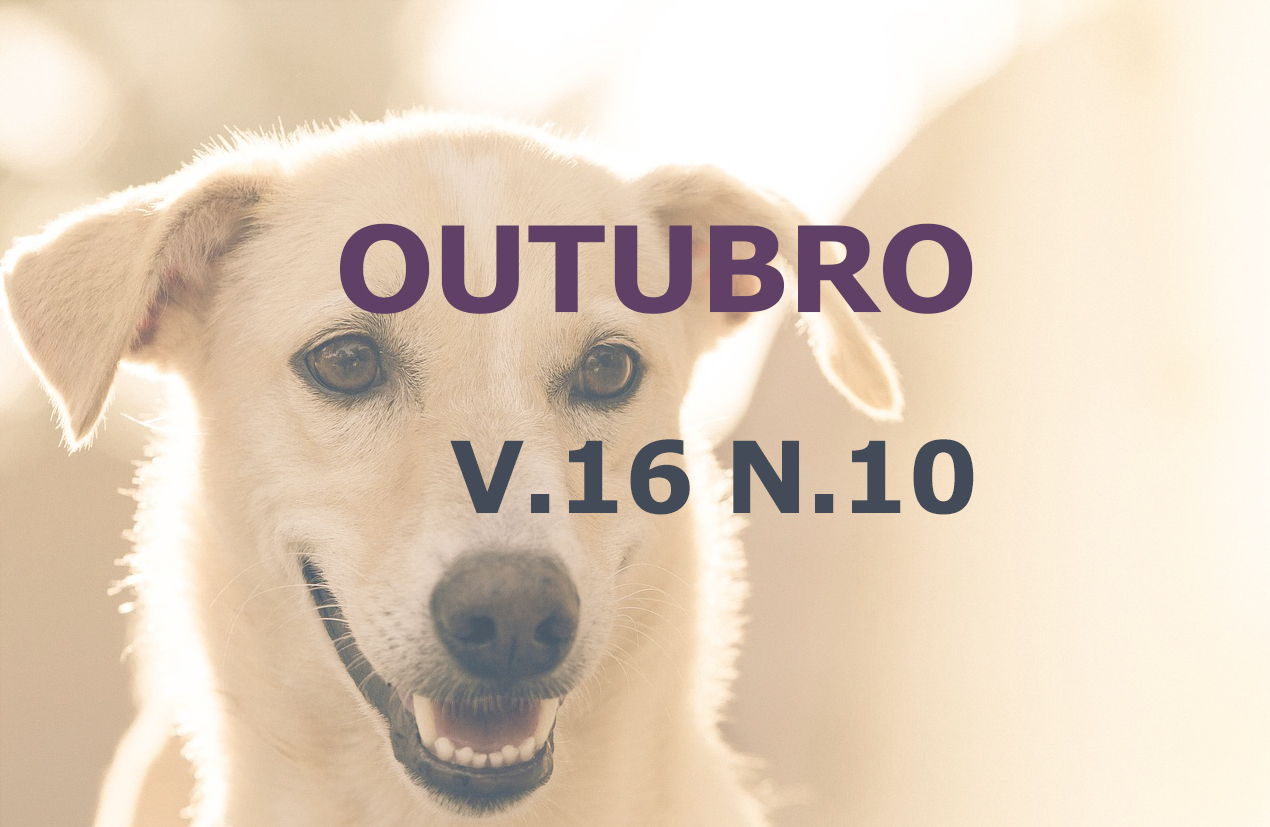Physiatric treatment of hip dysplasia in a puppy: Case report
DOI:
https://doi.org/10.31533/pubvet.v16n10a1241.1-6Keywords:
Kinesiotherapy, functional electrostimulation, physical therapy, laser therapyAbstract
Hip dysplasia is a highly recurrent orthopedic condition that starts in the puppy with joint laxity and progresses to osteoarthrosis, which can cause severe pain and compromise the animal's quality of life. Its development is multifactorial and there are several described. In adults, there is a consensus that the treatment of the disease is multifactorial and encompasses environmental management, use of nutraceuticals, anti-inflammatories, and physical therapy. When there is no response the treatment, surgical procedures such as acetabular denervation, arthroplastic excision of the femoral head and total hip replacement can be performed. In puppies there are already studies that prove the hormonal, nutritional influence, and the development of muscle mass in the evolution of hip dysplasia. However, there is no previous report of a physiatric protocol for dysplastic puppies. Conservative treatment was performed on a male dog of the Saint Bernard breed with a severe degree of hip subluxation and valgus angular deviation from 4 to 9 months of age. With the application of functional electrostimulation, kinesiotherapy and photobiomodulation during 30 sessions, there was a significant improvement in muscular and cardiovascular resistance, an important reduction in claudication, muscle mass gain in the gluteal region and thigh extensors, reduction of angular deviation of the femorotibial joint and it was easier for it to stand up. It is concluded that physiatric techniques have the potential to control the factors that negatively influence the development of hip dysplasia and can be included in the conservative treatment in puppies, however further studies are needed.
Downloads
Published
Issue
Section
License
Copyright (c) 2022 Flávia do Prado Augusto Amaro, Mhayara Samile de Oliveira Reusing

This work is licensed under a Creative Commons Attribution 4.0 International License.
Você tem o direito de:
Compartilhar — copiar e redistribuir o material em qualquer suporte ou formato
Adaptar — remixar, transformar, e criar a partir do material para qualquer fim, mesmo que comercial.
O licenciante não pode revogar estes direitos desde que você respeite os termos da licença. De acordo com os termos seguintes:
Atribuição
— Você deve dar o crédito apropriado, prover um link para a licença e indicar se mudanças foram feitas. Você deve fazê-lo em qualquer circunstância razoável, mas de nenhuma maneira que sugira que o licenciante apoia você ou o seu uso. Sem restrições adicionais
— Você não pode aplicar termos jurídicos ou medidas de caráter tecnológico que restrinjam legalmente outros de fazerem algo que a licença permita.





